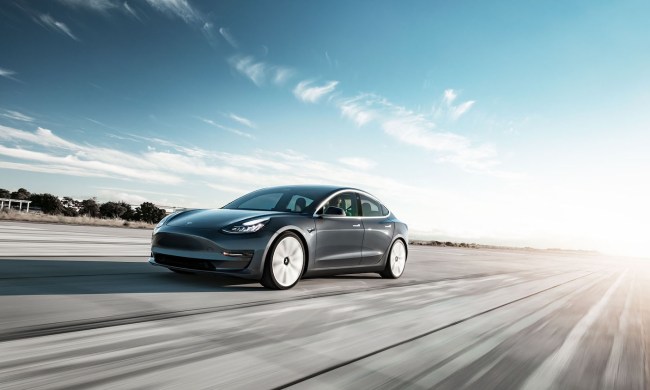
Mercedes-Benz parent Daimler has taken a “reality check” on self-driving cars. Making autonomous vehicles safe has proven harder than originally thought, and Daimler is now questioning their future earnings potential, CEO Ola Kaellenius told Reuters and other media.
Daimler is one of several automakers and tech companies racing to deploy self-driving cars on a commercial scale. It’s become conventional wisdom in the auto industry that self-driving cars deployed in ridesharing services will provide safer, more efficient transportation — while also earning hefty profits for the companies making and operating the vehicles. But Kaellenius sees some roadblocks.
Ensuring that self-driving cars are 100% safe in crowded urban areas has proven harder than originally anticipated, Kaellenius said. Even if that technological hurdle can be overcome, Kaellenius is unsure if there is a sound financial case for an autonomous ridesharing service.
“The full-scale deployment would tie up a lot of capital with some uncertainties around the earnings potential,” he said. Daimler isn’t giving up on autonomous driving, but Kaellenius said that “to be the first one, does not make sense.”
Daimler has already established a partnership with archrival BMW to develop autonomous-driving tech. The company is also working with automotive supplier Bosch on the technology. The two companies are running a pilot program using modified Mercedes-Benz vehicles in San Jose, California.
The ridesharing business model requires companies to deploy large fleets of vehicles, as well as set up infrastructure for maintenance and dispatching. That represents a significant upfront investment, which might explain Daimler’s reticence. The startup costs of an autonomous ridesharing service hasn’t phased Waymo, which currently has a fleet of vehicles transporting paying customers in the Phoenix, Arizona, area, supported by a large maintenance facility. Ford has deployed fleets of self-driving cars in cities like Miami to prove it’s commercially feasible, but the cars are primarily used for delivery services. But the challenges remain significant.
General Motors’ Cruise division recently walked back a promise by its parent company to launch an autonomous ridesharing service in 2019, saying the technology wasn’t ready yet.
Despite initial optimism, no company has launched a production self-driving car. Fleets of cars currently being tested on public roads are conventional models fitting with sensors, computers, and other equipment to enable autonomous driving. Those cars are confined to areas that are well mapped, don’t present any conditions the tech can’t handle, and have a friendly regulatory environment. But companies continue to invest in autonomous driving, launching new pilot programs and making further promises of commercialization.


